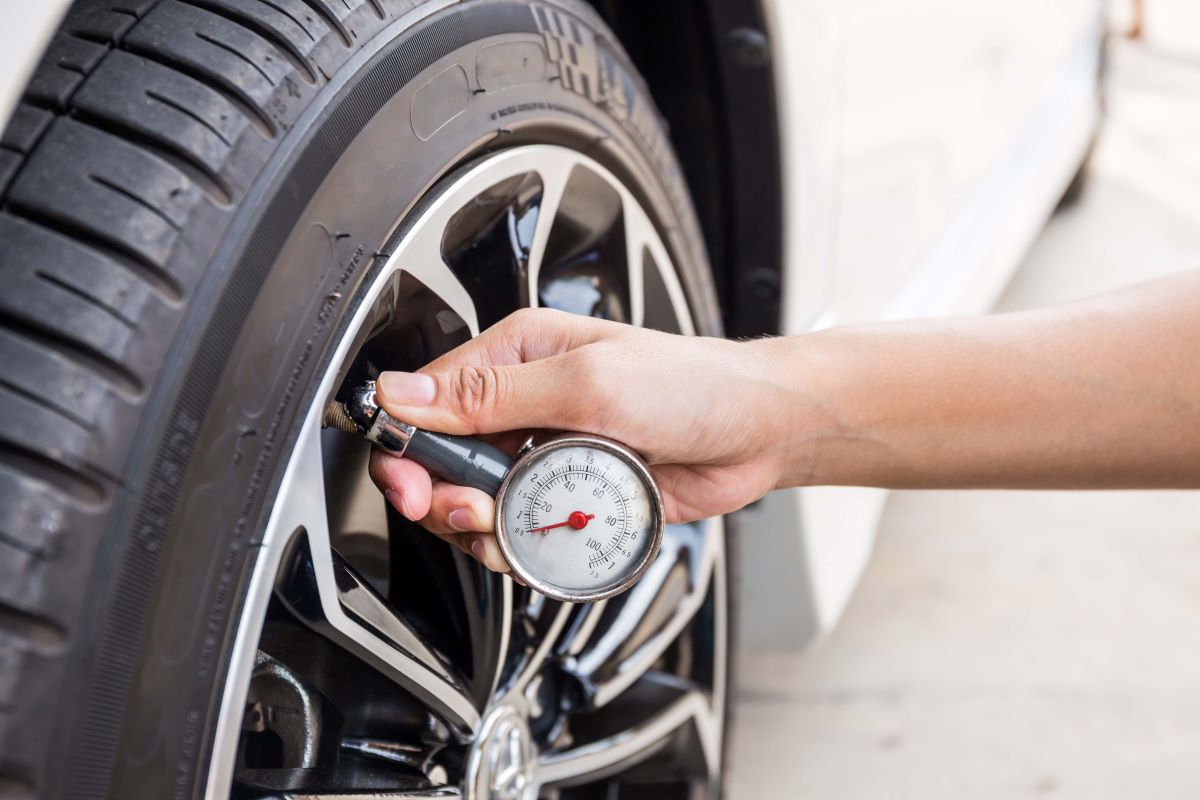Tratamiento Neumáticos Usados (TNU) warns of the environmental, economic and safety impact of driving with the wrong tyre pressure, highlighting that the first sustainable action begins with proper maintenance throughout the entire tyre service life.
Maintaining the correct tyre pressure is not only a basic road safety measure: it is also one of the most effective ways to reduce fuel consumption and pollutant emissions, stated TNU. According to AECA-ITV data, in 2024, nearly 20% of serious defects detected during vehicle inspections in Spain were related to tyres and suspension.
In Europe, estimates show that more than half of drivers drive with the wrong tyre pressures. This practice increases rolling resistance, forces the engine to work harder, and generates higher fuel consumption and CO₂ emissions. Under this scenario (≥50%), the combined impact amounts to around 5.8 billion litres of fuel and 13 million tonnes of CO₂ per year due to underinflation.
Low tyre pressure can increase the risk of blowouts and associated accidents, with the NHTSA estimating that underinflation is present in around 20% of blowouts that result in accidents. NHTSA also estimates that driving with severe underinflation (>25%) triples the likelihood of being involved in a tyre-related crash. Moreover, the risk of blowout may occur from as little as 0.5 bar below the recommended pressure.
Spain has more than 25 million cars on its roads, with an average age of over 15 years. Keeping the recommended tyre pressure could reduce consumption by between 5% and 10%, representing an average saving of 45 litres of fuel per vehicle per year, according to TNU.
Additionally, driving with tyres that are 0.5 bar below the recommended level reduces tyre life by around 20%, and 1 bar below the recommended level reduces it by up to 30%. Low pressure would generate an estimated additional consumption of 271 million litres of fuel annually, which is equivalent to 680,000 tonnes of CO₂.
In addition to maintaining the manufacturer’s recommended tyre pressure, three key practices directly contribute to prolonging tyre life, optimising fuel consumption, and maintaining safety performance:
- Proper tyre balancing: reduces vibrations while driving, prevents uneven tyre wear, and improves comfort and steering precision.
- Correct wheel alignment: misaligned wheels cause lateral and uneven wear; keeping alignment within specified values prevents premature wear and helps the vehicle drive straight.
- Driving style: avoiding sudden braking and acceleration, anticipating manoeuvres, and maintaining a steady speed lowers tread temperature and abrasion, extending tyre life and reducing consumption.
TNU stated that checking tyre pressure once a month and before every trip is a simple action that helps reduce fuel consumption and emissions, extends tyre life, and improves road safety. Sustainability starts with responsible maintenance at every stage of use.


















